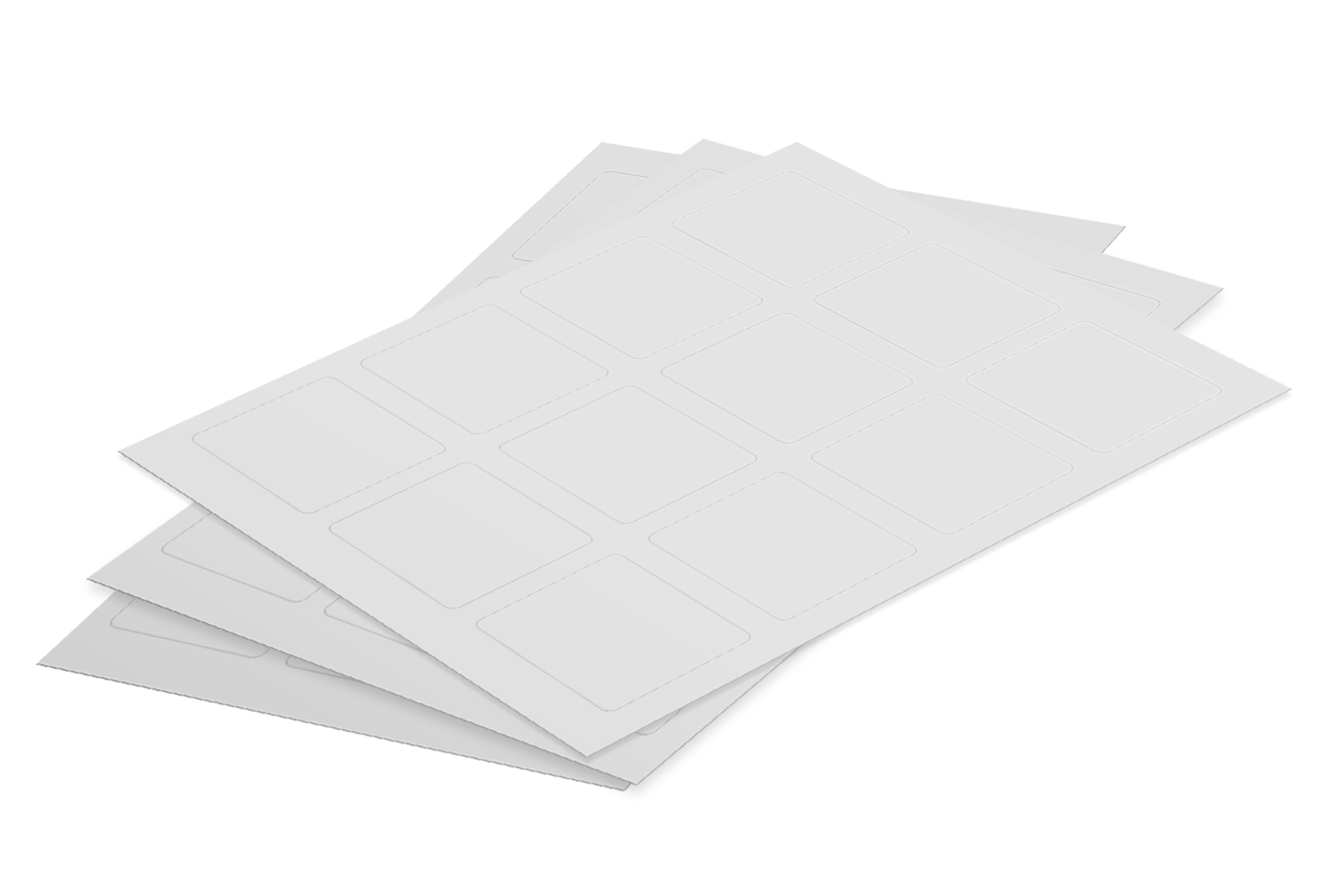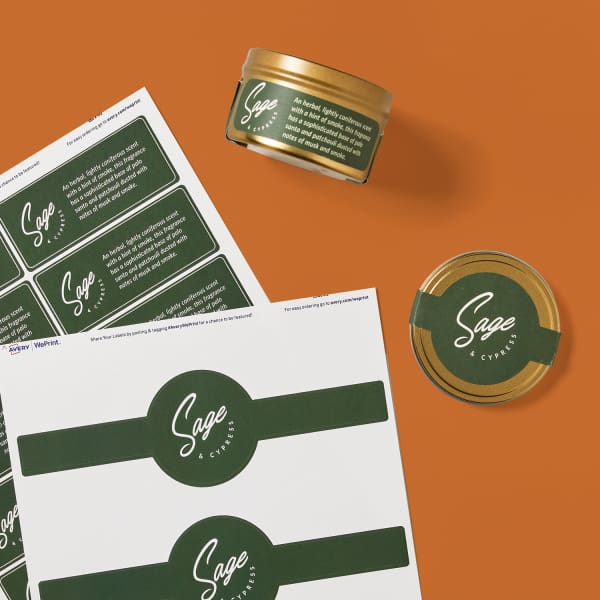Recognizing Exactly How Blank Labels Work to Improve Your Labeling Experience
Recognizing the mechanics of blank labels is crucial for enhancing your labeling techniques throughout numerous contexts. To completely realize how these labels can change your processes, one must consider the various kinds offered and the myriad ways they can be tailored to fit specific demands.

Advantages of Using Blank Labels
Blank labels provide a versatile service for numerous labeling requirements, making them invaluable in both individual and professional settings. Their flexibility allows individuals to create personalized labels tailored to particular needs, boosting organizational effectiveness. Whether made use of in home workplaces, retail environments, or industrial applications, blank labels assist in the recognition and categorization of items, records, and personal products.
One significant benefit of blank labels is their cost-effectiveness. By allowing users to print just the labels they require, waste is lessened, and supply administration ends up being a lot more manageable. Additionally, blank labels work with different printing methods, consisting of inkjet and printer, making them obtainable for various users.

Moreover, the usage of blank labels simplifies the procedure of updating info, as customers can easily print new labels to change outdated ones, ensuring that all items and papers are precisely identified. In general, blank labels give a useful and efficient labeling option for varied applications.
Kinds Of Blank Labels Available
What options are available when it comes to blank labels? Blank labels come in a variety of types, each matched for different applications and preferences. One of the most usual kinds consist of paper labels, which are versatile and affordable, making them suitable for everyday usage. They are readily available in various finishes, such as matte and glossy, permitting for aesthetic flexibility.
Another preferred alternative is synthetic labels, usually made from products like polyester or plastic. These labels are known for their toughness and resistance to water, chemicals, and tearing, making them suitable for severe environments. They are frequently made use of in industrial settings or for labeling items that might be subjected to wetness.
Additionally, there are thermal transfer labels, which require a printer that makes use of heat to transfer ink onto the tag surface. These labels are preferred for their top notch print and durability.
Finally, specialty labels accommodate details demands, such as detachable labels for short-term usage or high-temperature labels for severe conditions. Understanding these alternatives allows users to select one of the most proper blank label for their unique labeling needs.
Modification Options for Labels
A broad array of personalization choices is offered for labels, allowing users to customize them to particular needs and branding requirements. Users can pick from numerous sizes, shapes, and products to ensure that the labels properly fit their designated objective. Usual products consist of paper, polyester, and plastic, each offering different degrees of longevity and visual allure.
Color options play an essential function in customization, allowing brands to preserve uniformity with their company identification. Users can select from a spectrum of colors or perhaps go with custom-made printing to match certain branding aspects. In addition, labels can be published with one-of-a-kind designs, logos, and text, improving brand recognition and visual impact.
Another essential element is the selection of adhesive. Tags can be made with permanent, removable, or repositionable adhesives, depending on the application needs. This flexibility enables reliable labeling services throughout numerous settings, from retail to industrial settings.

Tips for Effective Labeling
Effective labeling goes beyond modification; it also includes calculated factors to consider that boost performance and interaction. To accomplish efficient labeling, start by plainly specifying the function of each label.
Next, focus on visibility by picking suitable shades and font styles. High contrast in between text and history improves readability, while larger fonts facilitate fast recognition. Additionally, guarantee that labels are placed in a regular and sensible way, making it simpler for individuals to find and interpret details.
Think about the useful reference toughness of labels as well. Pick materials suited for the certain environment where the labels will certainly be utilized, whether it be inside or outdoors. Waterproof or tear-resistant alternatives might be required depending upon the context.
Last but not least, frequently evaluation and upgrade your labels to show any type of modifications in info or use. This aggressive strategy not just keeps clarity yet additionally avoids complication over time. By following these pointers, you can make best use Extra resources of the efficiency of your labeling initiatives, guaranteeing they offer their designated purpose successfully.
Applications of Blank Labels
Blank labels offer countless applications across different industries, making them an important tool for company and communication. These functional labels are generally made use of in storehouses for inventory monitoring, permitting organizations to conveniently recognize and track items. By applying blank labels to storage space bins, racks, or pallets, companies can simplify their procedures and reduce the possibility of mistakes.
In the healthcare field, blank labels play an essential function in classifying drugs and medical materials, guaranteeing correct recognition and usage. Customizable labels can include crucial info such as dosage, expiration dates, and person details, improving safety and security and conformity.
In retail, blank labels assist in rates products, supplying promos, or identifying rack places, which inevitably boosts the consumer experience. They enable fast updates to prices or item information without the requirement for pre-printed labels.
In addition, blank labels are beneficial for personal use, such as arranging office, crafting, or identifying food containers. Their flexibility allows people to my latest blog post create tailored solutions that fulfill particular demands. Overall, the applications of blank labels are substantial, emphasizing their significance in fostering effectiveness and quality in various settings.
Final Thought
Finally, blank labels offer a versatile and effective remedy for various identifying requirements. Their adaptability in size, shape, and material enables customized applications across various environments. By leveraging customization options and efficient labeling strategies, companies can boost clarity and interaction (Blank Labels). Ultimately, the combination of blank labels right into functional procedures adds to improved efficiency, making them an indispensable source for both individual and professional use.